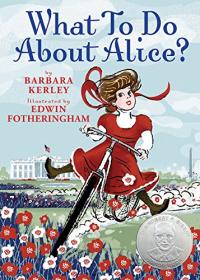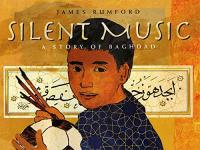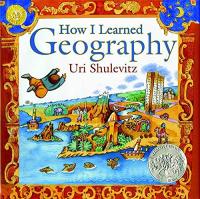Key Information
Focus
When To Use This Strategy
Appropriate Group Size
What is think-pair-share?
Think-pair-share is a collaborative learning strategy where students work together to solve a problem or answer a question about an assigned reading. This strategy requires students to (1) think individually about a topic or answer to a question; and (2) share ideas with classmates. Discussing with a partner maximizes participation, focuses attention, and engages students in comprehending the reading material.
Why use think-pair-share?
- It helps students to think individually about a topic or answer to a question.
- It teaches students to share ideas with classmates and builds oral communication skills.
- It helps focus attention and engage students in comprehending the reading material.
How to use think-pair-share
- Decide upon the text to be read and develop the set of questions or prompts that target key content concepts.
- Describe the purpose of the strategy and provide guidelines for discussions.
- Model the procedure to ensure that students understand how to use the strategy.
- Monitor and support students as they work through the following:
T : (Think) Teachers begin by asking a specific question about the text. Students “think” about what they know or have learned about the topic.
P : (Pair) Each student should be paired with another student or a small group.
S : (Share) Students share their thinking with their partner. Teachers expand the “share” into a whole-class discussion.
Watch a lesson (whole class)
Visit Cathy Doyle’s second grade classroom in Evanston, Illinois to observe her students learning the think-pair-share strategy. Cathy goes over the “rules” and then engages the kids around a classroom read-aloud, An Egg Is Quiet. Joanne Meier, our research director, introduces the strategy and talks about how the strategy can help build confidence with students who are often reluctant to talk in front of the whole class.
Watch a lesson (whole class)
See primary students learning and using the think-pair-share protocol as a simple way for all students to get a chance to think, talk, and learn from others. Students first practice with an easier question from personal experience, and then with one that is text-based. This video is narrated by students, and can be shown to students to help them learn this simple routine for productive conversations. (EL Education)
Collect resources
Literature studies
Use think-pair-share to deepen discussions about specific characters in books the class is reading together. For example, if the class is reading The Great Gilly Hopkins by Katherine Paterson, try think-pair-share to respond to questions such as, “Would you be able to be friends with Gilly? Why or why not?”
Differentiate instruction
For second language learners, students of varying reading skill, and younger learners
- Be sensitive to learners’ needs (reading skill, attentional skills, language skill) when creating pairs.
- Allow students to choose who will share with the whole group.
- See this article, Increase Student Interaction with “Think-Pair-Shares” and “Circle Chats” on Colorín Colorado.
Extend the learning
Math
Try think-pair-share for math problems with more than one correct answer, such as estimation, patterns, and logic. This strategy can also be used when students are deciding how to approach a math problem.
The video below shows a classroom teacher using the think, pair, share (turn and talk) technique during a math lesson, demonstrating the powerful way to incorporate thinking “wait time” and oral language across subjects. (Literacy How)
Social Studies
Jumpstart a think-pair-share discussion by asking a gbroad question relevant to a new unit of study, such as, “What do you already know about the Civil War?” As students dig into more difficult topics, you might ask questions such as, “Would you have agreed to be a ‘stop’ on the Underground Railroad? Why or why not?”
Science
Use think-pair-share to help students form hypotheses or to discuss their interpretations of a class experiment. For example, before an experiment on density, students might be asked to use the think-pair-share strategy when deciding which items will float in a tub of water.
See the research that supports this strategy
Gunter, M. A., Estes, T. H., & Schwab, J. H. (1999). Instruction: A Models Approach, 3rd edition. Boston: Allyn & Bacon.
Lyman, F. (1981). “The responsive classroom discussion.” In Anderson, A. S. (Ed.), Mainstreaming Digest. College Park, MD: University of Maryland College of Education.
Rasinkski, T., & Padak, N. (1996). Holistic reading strategies: Teaching children who find reading difficult. Englewood Cliffs, NJ: Merrill/Prentice Hall.
Children’s books to use with this strategy

What to Do About Alice?

Silent Music: A Story of Baghdad

